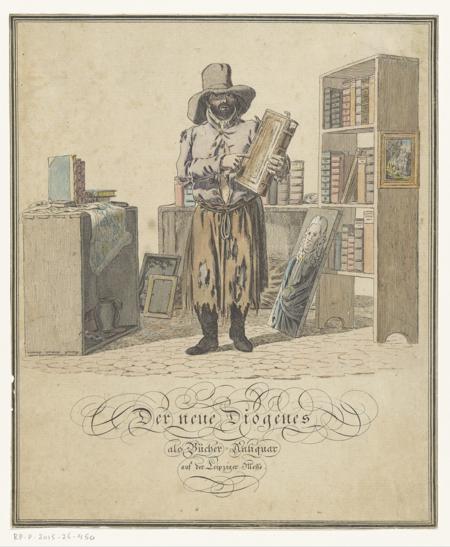


Financial experts frequently talk about a portfolio of stocks and bonds, but plenty of people build portfolios to invest in gold, real estate or cryptocurrencies, among other asset classes. Portfolios hold all and any form of investment assets. “Investment portfolios are appropriate for anyone who wants to grow their income or financial nest egg in the pursuit of a financial goal,” like paying for college, buying a home or funding retirement, says Karyn Cavanaugh, a financial adviser with Carolinas Wealth Management. Portfolio management for clients is one of the main jobs of a wealth management firm.īuilding and managing a portfolio is one of the basic tasks of investing-the goal of an investment portfolio is always to build your wealth over time. A real estate company can own a portfolio of residential properties, for instance. Groups of assets owned by companies or managed by financial firms are also called portfolios. The term helps you distinguish between one set of assets and another. At the same time, they could refer to the mutual funds they own in their 401(k) account as their retirement portfolio. People may call the stocks and exchange-traded funds ( ETFs) they own in a brokerage account their taxable investment portfolio. It’s not like you can only have one portfolio. Rather, it’s an abstract way to refer to groups of investment assets. The term itself comes from the Italian word for a case designed to carry loose papers ( portafoglio), but don’t think of a portfolio as a physical container. Your portfolio represents all of the investments you own. The simplest definition of a portfolio is a collection of assets-stocks and bonds, real estate or even cryptocurrency-owned by one person or entity. It’s a term that can have a variety of meanings, depending on context. They can come to the rescue, become navigators to guide readers of print thru a process with which they are familiar in digital, and can look good, too.A portfolio is one of the most basic concepts in investing and finance. They are not just single, unforgettable lines atop the page that we can ignore. It was good to spend time considering the visual and content possibilities of folios. It’s “Folio Wednesday” I told the team, half jokingly, but not really. We learn from such digital start ups as Quartz that perhaps “obsessions” taps into our minds and resonates with more emphasis than “features,” for example.Īll of this has been the subject of our workshop at The Province in Vancouver this week. Should that folio line be more visible, as it becomes a navigator (as we have become accustomed in digital platforms)?Īnd if more folios will serve as “umbrellas” to cover a variety of stories-let’s say a local story next to a business story next to a political story, for example-should we find names for those folios that are less genetic than the always vague and tired “News”. If you are doing away with a section and merging it with another, what do you call that page? I am aware that publishers of printed newspapers are doing all they can to economize, to merge content, to abandon sections and to create a smaller package where sectionalizing becomes difficult. That is why folios are the subject of my blog today.

It may not be the most exciting topic for a designer and an editor to discuss: those folio lines that appear at the top of a page and tell you the date, the name of the publication and assorted other utilities, including what the content of the page is.


 0 kommentar(er)
0 kommentar(er)
